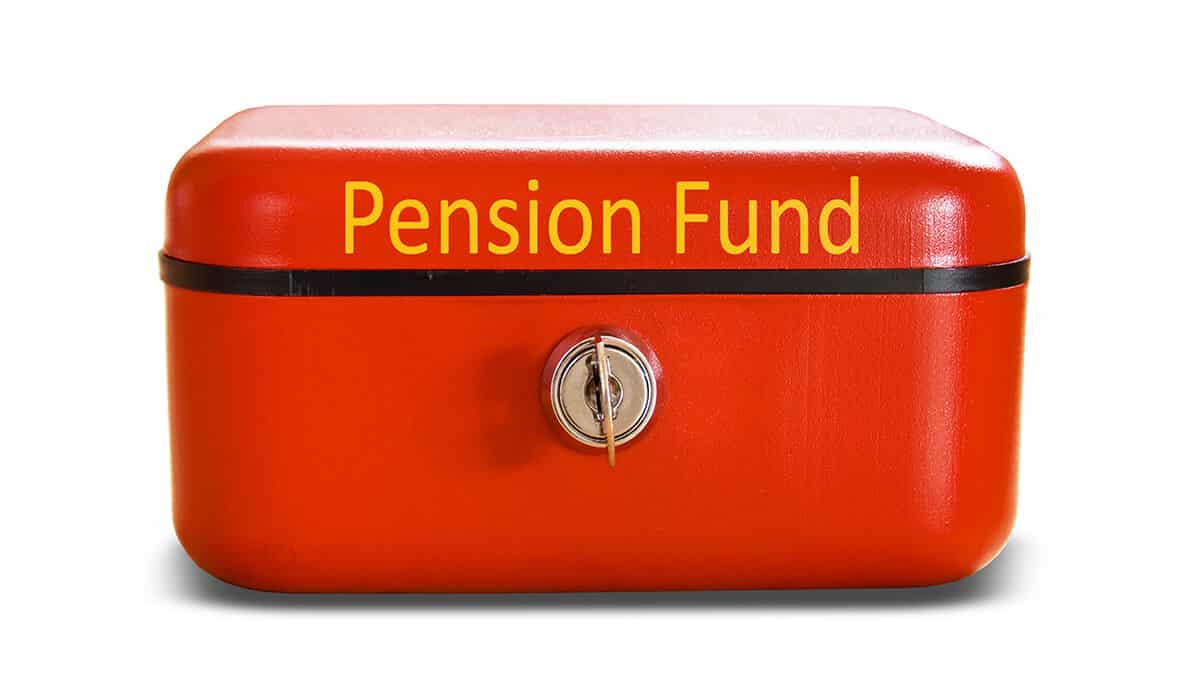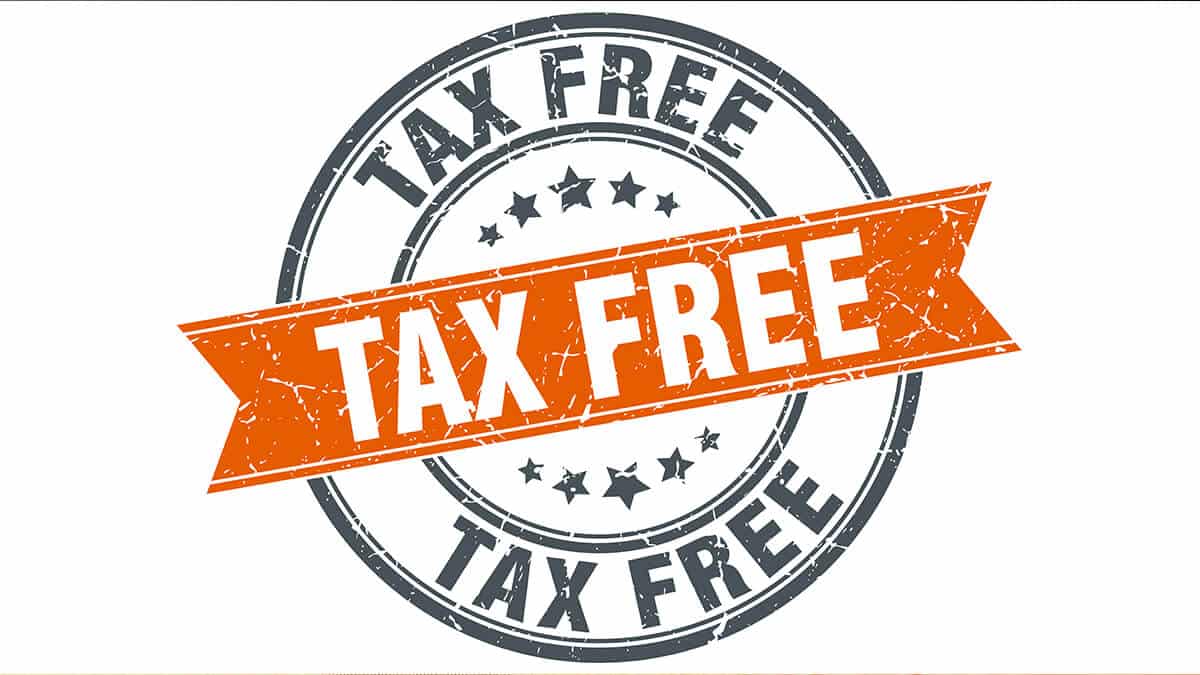In this guide
There are a number of administrative and compliance obligations SMSF trustees must meet each year, including the need to obtain an actuarial certificate where an SMSF is paying a retirement phase pension to a member of the fund. .
An actuarial certificate is a document prepared by an actuary that certifies how much of an SMSF’s earnings are derived from its members’ accumulation phase balances and how much from retirement phase balances (pensions).
This information is then used to determine the tax outcome for the fund and work out how much of the funds income is exempt from tax (exempt current pension income) in the fund’s annual tax return.
Read more about the accumulation and retirement phase of super.
Learn more about exempt current pension income (ECPI).
When is an actuarial certificate required?
An actuarial certificate is required whenever an SMSF member moves into retirement phase and there are one or more other members of the fund that remain in accumulation phase.
In addition, an actual certificate will be required each year there is at least one member in each phase if the actuary is using the proportionate method to calculate the fund’s exempt current pension income. The proportionate method is based on the total value of the fund’s assets each year.
However, if the segregated method is used by an actuary to calculate a fund’s exempt current pension income, no actuarial certificate is required, provided the retirement phase income streams being paid by the fund are one or more of the following types:
- An allocated pension
- A market-linked pension
- An account-based pension.














